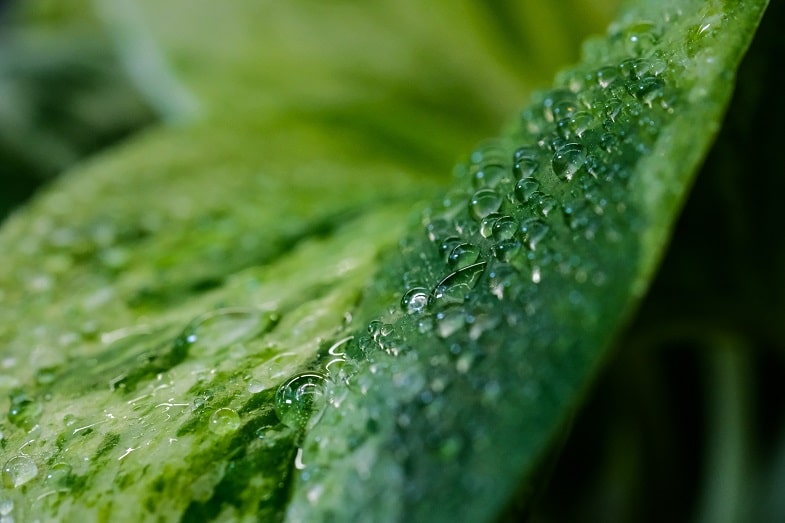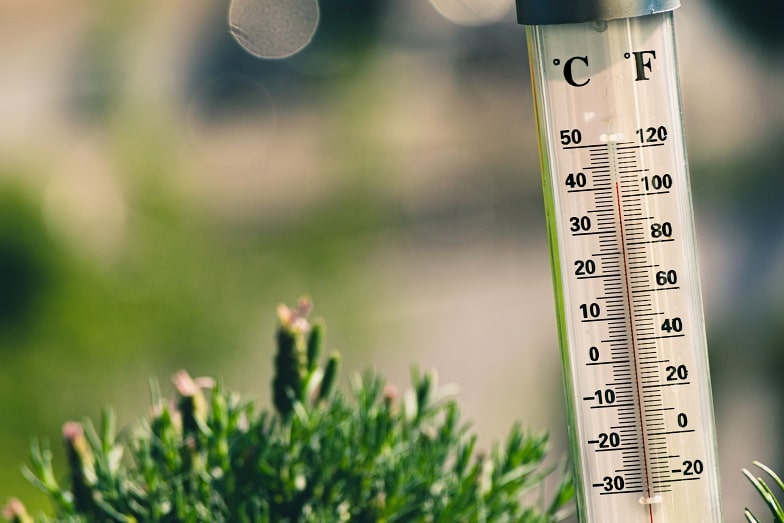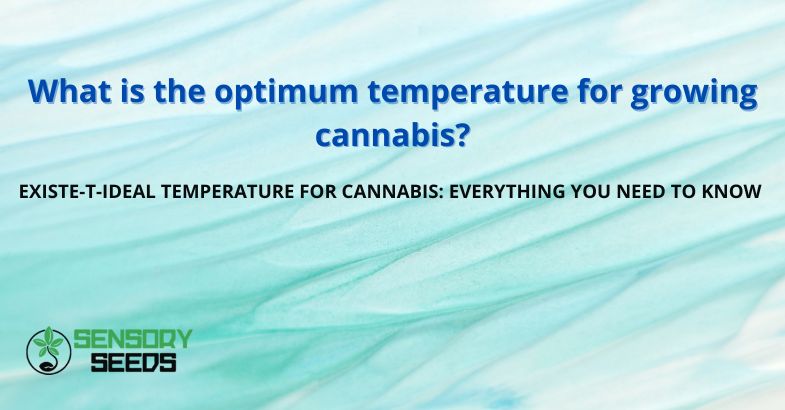Published on: 10/06/2023
IDEAL TEMPERATURE FOR CANNABIS: EVERYTHING YOU NEED TO KNOW
Temperature and humidity are two fundamental parameters in cannabis cultivation: each stage has its ideal temperature, and too much heat or cold can compromise the growth and maturation of the plants.
Professional cannabis growers know how important temperature and humidity are for the best seedling growth. From the vegetative to flowering phase, each phase has its own precise temperature range, below or above which the risk of compromising the harvest is high.
In addition to knowing the ideal temperature for each stage of a seedling’s life, professionals who grow legal cannabis use instruments to measure temperature and humidity at all times so they can intervene quickly in case of problems.
In fact, relative humidity, that is, the amount of water vapor present in relation to temperature, is something that should not be overlooked.
So let’s take a closer look at what the correct temperatures are.
Seedling phase: temperature and humidity
Seedlings and clones prefer high relative humidity (up to 70%) and temperatures around 20-25°C with lights off; with the lights on, the temperature usually drops about to 5°C.


The ideal temperature for the vegetative phase
Let’s clarify what is the ideal temperature for the vegetative growth phase (that is, with about 3-4 internodes of about 5 millimeters). In this case, the ideal temperature is 21°C to a maximum of 29°C. This is because the vegetative phase requires fairly warm temperatures and low relative humidity (approx. 60%).
Cannabis flowering phase: what is the ideal temperature
The flowering phase of plants is an important time for professional cannabis growers to see the fruit of their efforts. The ideal temperature during this phase ranges between 18-20°C and a maximum of 26°C, while when the lamps are turned off it drops between 5° and 8°C approximately. The relative humidity should be around 50%.
At the end of flowering, the temperature should be around 20°-23°C (18°-20°C with the lamps off), with a relative humidity not exceeding 30%.
Another aspect to pay attention to is the fluctuation in temperature between day and night, which can modify the temperature and relative humidity that plants need in a certain phase of the life cycle.
Excessive heat: what are the consequences for cannabis?
A cannabis plant that suffers from too much heat risks losing some valuable components: terpenes. The loss of terpenes compromises the smell, flavor and potency of the plant; they also serve to protect it from some quite harmful pests and parasites, for example, mites. Other risks are related to burning and wilting.
Excess moisture can also lead to mold growth.
Also read: Everything you need to know about growing cannabis in a greenhouse
Excessive cold: what happens to cannabis plants
Just like excessive heat, too harsh microclimates can also cause problems for cannabis and damage the life cycle of plants. With excessive cold, the leaves wither and discolor; photosynthesis is affected.
Although the cold-injured seedling may survive if moved to a warm climate, it is unlikely to “get the better of it.”
You also have to pay attention to humidity: the combination of high humidity and low temperatures can lead to the appearance of mold.
Tools to check the temperature of cannabis crops
To verify that the temperature and humidity are always ideal in each phase of the life of a cannabis crop, two useful tools are the thermometer and the hygrometer (which measures the humidity of the air).
Another option is to use the thermos hygrometer, which combines the functions of both instruments and is available in a digital and analog version.


How do professionals regulate temperature and humidity in cannabis cultivation?
Thus, we understand the importance of temperature and humidity for the cultivation of cannabis. To regulate these two parameters, professional growers use tools and methods based on changes in the microclimate.
To raise the temperature, high power HPS lamps are used so that sufficient heat is produced. Another accessory is a heating mat, which is placed in the tent or on the ground, near the plants. Space heaters are also a valuable tool that can help raise the temperature if necessary.
To lower the temperature, on the other hand, oscillating fans or air conditioners are useful. If the heat is excessive, you can choose to turn off the lamps during the day.
To increase humidity, on the other hand, the most used tool is the humidifier; alternatively, simple air containers around the plants also work. A common practice is to spray the plants with a fogger.
If, on the contrary, the humidity must be lowered, well-made dehumidifiers together with suction fans are of great help in bringing it back to the defined range.
Also read: What is cannabidivarin and what are its properties?
Conclusion
Growing cannabis requires a thorough understanding of growing methods and the nutrients needed for seedlings to flourish and yield.
Temperature and humidity are two parameters that professionals closely monitor: excessive heat, just like cold, can damage plants and compromise the harvest.
The same happens with excess or lack of humidity: the ideal is to always keep the two parameters within the expected ranges.









